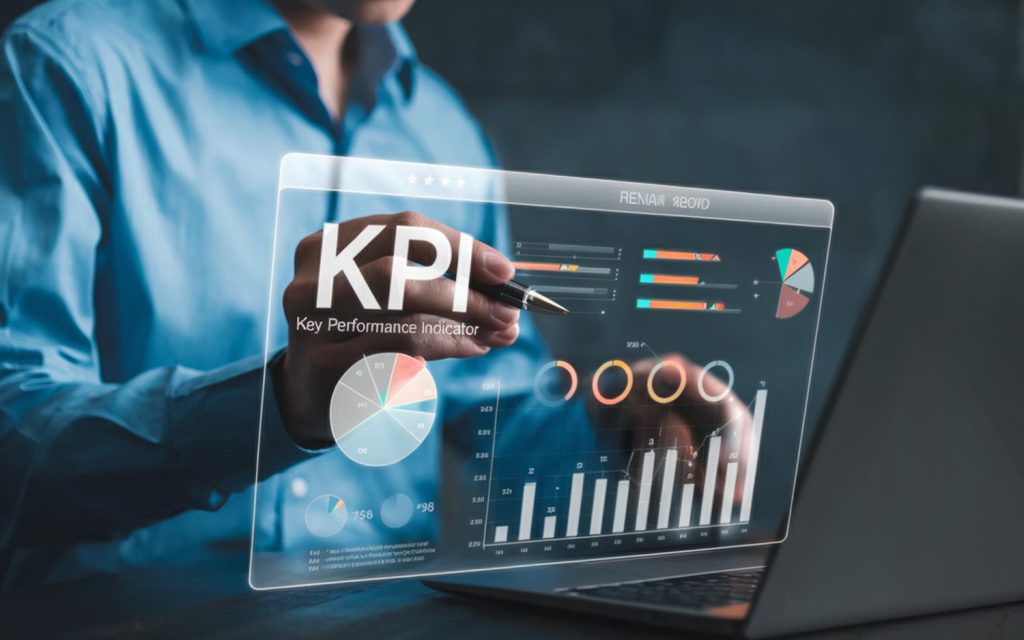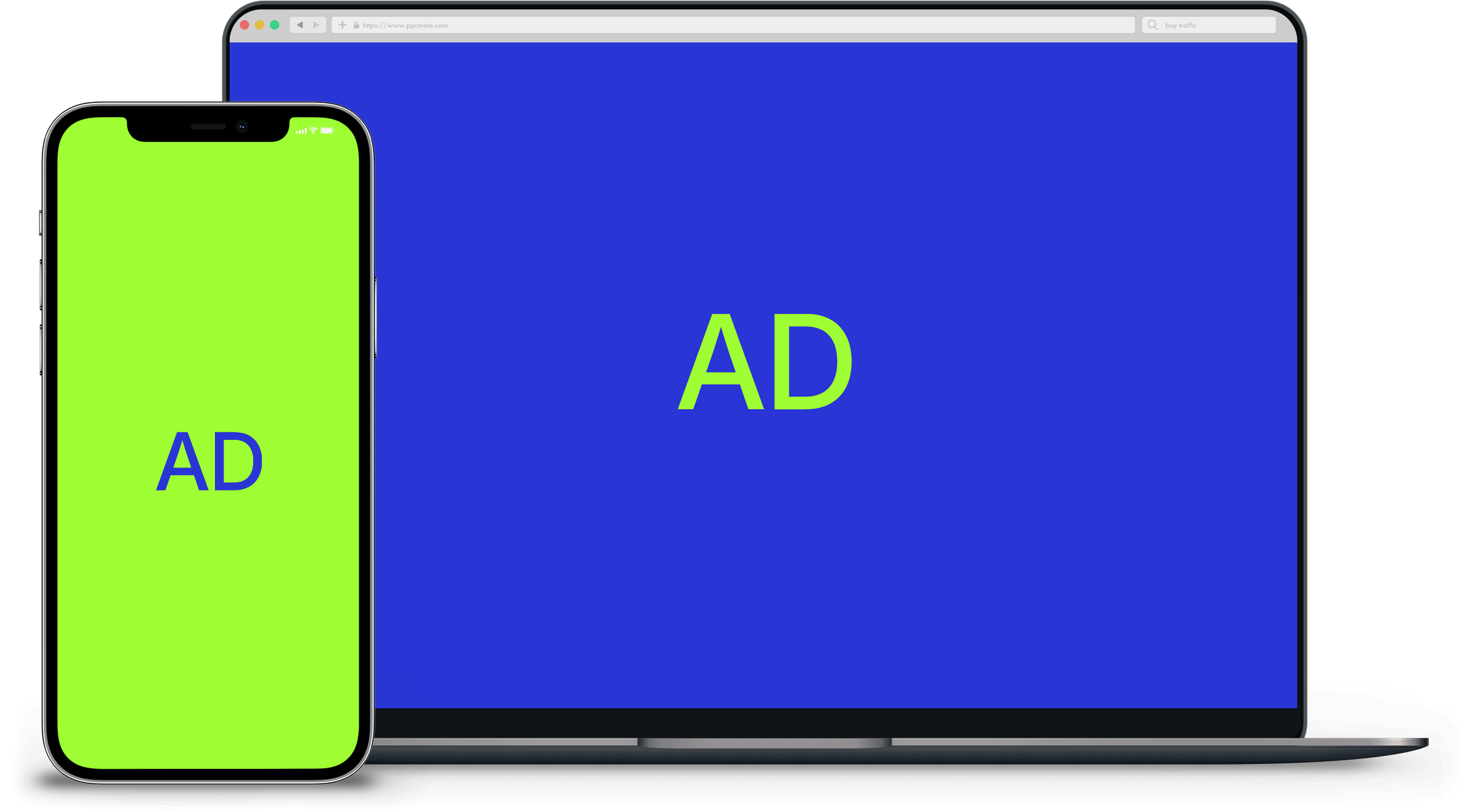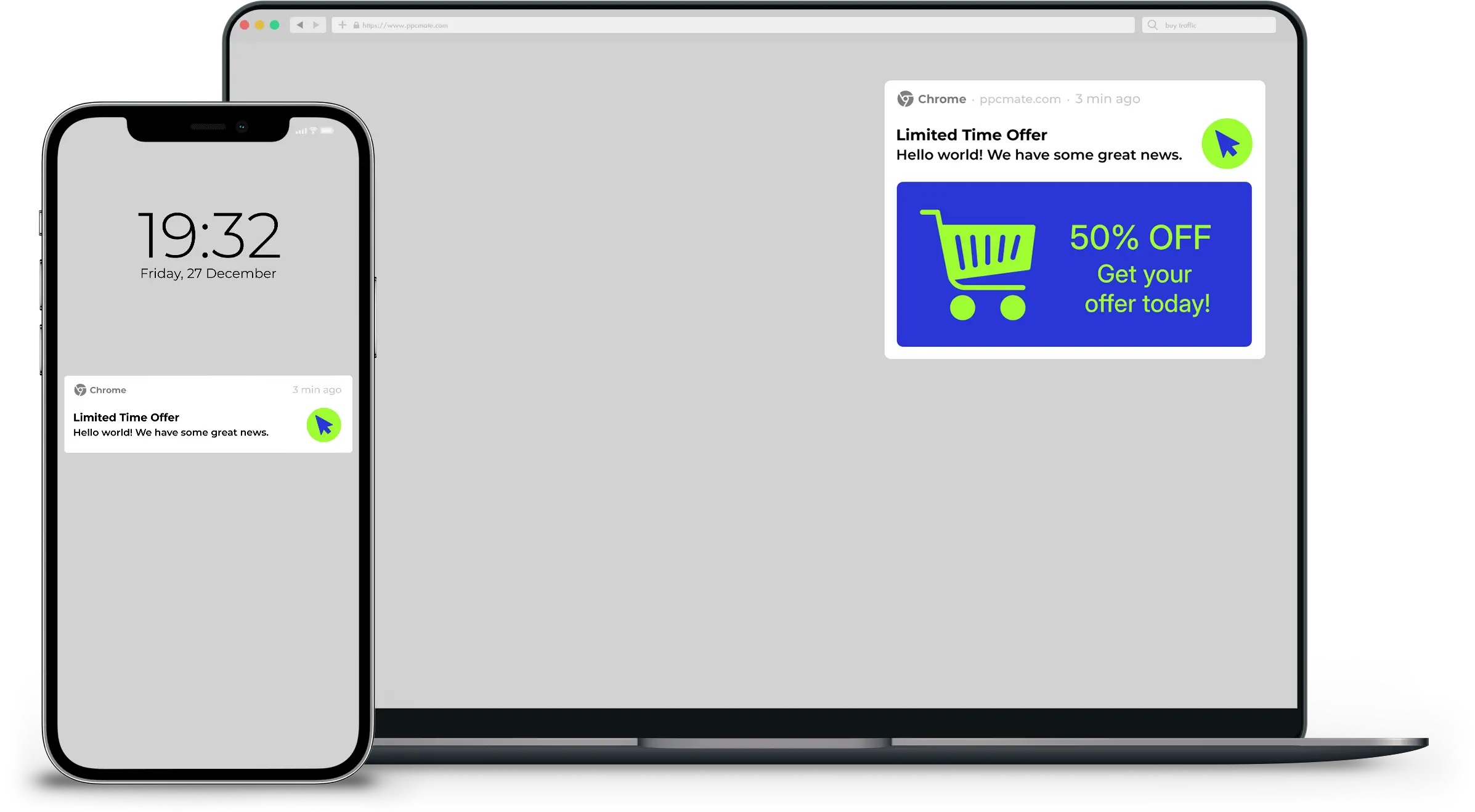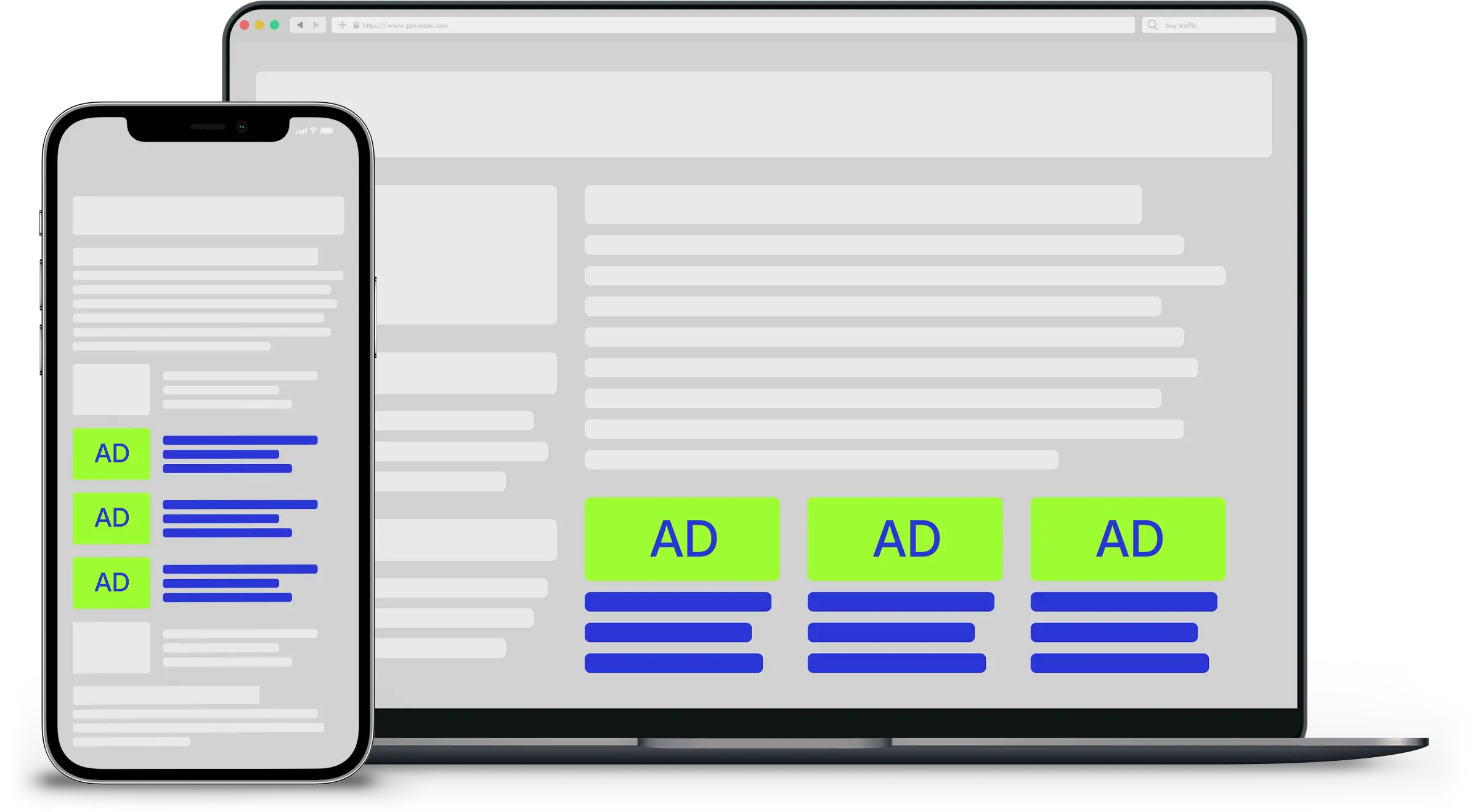First you need to understand your business needs. Platform reviewer G2 Crowd lists the five most important features of an email marketing platform (according to customers) as:
- Sending outbound emails
- High-volume sending
- Email and mobile previews
- Automated email responses
- Basic reporting
To seasoned marketers, none of these will come as a surprise. Sending emails in high volume is the essential function of an email service provider (ESP). Mobile optimization has been a key concern for years, with 54% of emails now opened on a mobile device, compared to just 16% on desktop. The time and cost savings of automated emails are well established, and accurate reporting is a fundamental part of testing and optimization.
There are over 100 ESPs on the market, of which almost all will offer these features as standard. If you’re after a new ESP or just want to sanity check your current one, you can certainly rule out any providers that don’t hit these criteria. But how can you differentiate among the ones who do? How can you be sure you’re paying for the functionality your business needs before you commit?
Does your ESP have these features?
Vendor websites can make big claims about innovative features, but the everyday functionality is just as important. Some backburner features to quiz potential vendors on include:
- Automatic list de-duplication. Some top-end software providers offer this feature to save you the hassle of manually cleaning your mailing list data.
- Bounce management. What data do you get back from a bounce notification? Are addresses that bounce cleaned automatically?
- Batch sending. When an email is sent out to a list of 10,000, some vendors deliver these in batches rather than all-at-once. The former is more reliable, but can alter exact send times. Something to bear in mind.
- Deliverability enhancement tools. Deliverability is a key issue for email marketers. Although a high deliverability rate is mostly down to adhering to best practices, some ESPs have features designed to help. Ask about…
- Any in-built tools in the platform to optimize deliverability.
- Whether they record ‘Inbox Placement Rate’ – arguably a better measure of the true number of emails delivered than simple deliverability metrics, as emails flagged as spam are often counted within the ‘delivered’
- Standard protocol for deliverability issues – is there a support team in place?
Research the vendor, not just the platform
There are several other non-feature-related aspects of a vendor that are worth being inquisitive about:
- Downtime – ask for a realistic uptime percentage as a figure to compare between vendors (no ESP can guarantee 100% uptime, so be skeptical of any that claim to).
- Service Level Agreement. Is the document long? Yes. Can it be completely impenetrable? Sure. But read it if you can. If nothing else, see if they offer compensation for any revenue lost due to downtime/outages (but don’t hold your breath).
- Data security. Ultimately you will be held accountable for your customers’ data breaches, so get all the information you can on the vendor’s security features.
Tips for comparing vendors
Make a list of essential features before doing your research. This will help you avoid ‘shiny object syndrome’ and keep your real priorities front and centre.
Some features sound great in a sales pitch, but go largely unused – either because they’re actually not the useful (who needs SMS messaging functionality?), or because they require too much time or investment to extract the benefit (multivariate testing, for example).
Talk to customers in your industry. Each sector has its idiosyncrasies, many of which will not become obvious until you’re six months into your email strategy. Speaking to those with hands-on experience will let you see into the future: those features you thought you’d use may turn out to be irrelevant, or not function in the way you imagined.
Don’t settle for case studies – see if the ESP can connect you with a real customer. Most customers will be happy to talk candidly about the platform, and will give you a much better sense of how effective it is than the salespeople.
Get demos from your shortlist of providers. This is obvious, but make sure you understand exactly how it looks and how to interact with it. Bear in mind that interface is as important as functionality.
An ESP that’s clunky and unintuitive will make your life hell. If you’re transitioning away from an old ESP, bear in mind that you’ll need to train your team to use the new software. Ask the provider if they offer one-to-one onboarding or e-learning resources to help bring everyone up to speed.
___
by Chris Camps
source: ClickZ









